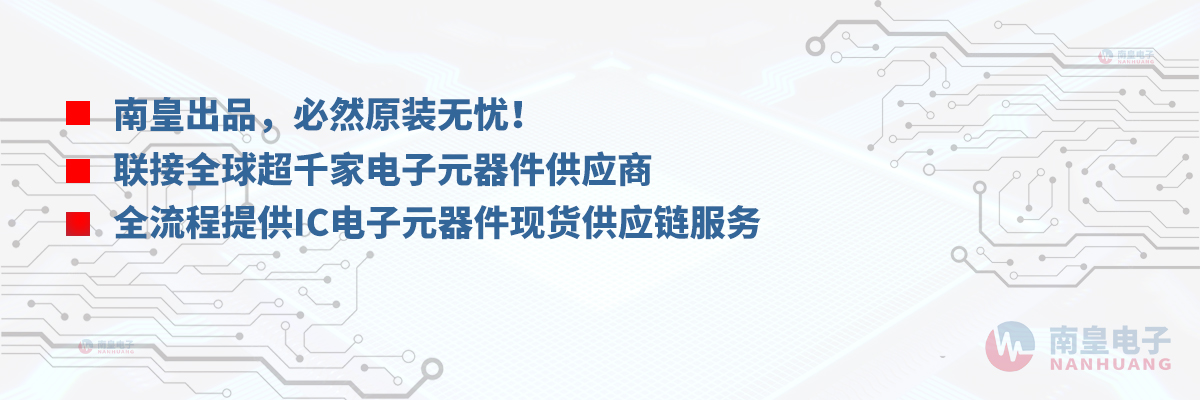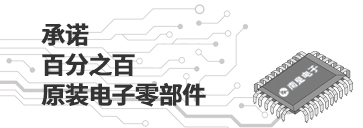

SN74GTLP1395是TI公司的一款无产品,SN74GTLP1395是具有独立 LVTTL 端口、Fdbk 路径和可选择极性的双路 1 位 LVTTL/GTLP 可调节边沿速率总线 Xcvrs,本页介绍了SN74GTLP1395的产品说明、应用、特性等,并给出了与SN74GTLP1395相关的TI元器件型号供参考。
SN74GTLP1395 - 具有独立 LVTTL 端口、Fdbk 路径和可选择极性的双路 1 位 LVTTL/GTLP 可调节边沿速率总线 Xcvrs - 无 - 背板逻辑器件(GTL/TTL/BTL/ECL收发器/转换器) - TI公司(Texas Instruments,德州仪器)
The SN74GTLP1395 is two 1-bit, high-drive, 3-wire bus transceivers that provide LVTTL-to-GTLP and GTLP-to-LVTTL signal-level translation for applications, such as primary and secondary clocks, that require individual output-enable and true/complement controls. The device allows for transparent and inverted transparent modes of data transfer with separate LVTTL input and LVTTL output pins, which provide a feedback path for control and diagnostics monitoring. The device provides a high-speed interface between cards operating at LVTTL logic levels and a backplane operating at GTLP signal levels and is designed especially to work with the Texas Instruments 3.3-V 1394 backplane physical-layer controller. High-speed (about three times faster than standard LVTTL or TTL) backplane operation is a direct result of GTLP reduced output swing (<1 V), reduced input threshold levels, improved differential input, OEC™ circuitry, and TI-OPC™ circuitry. Improved GTLP OEC and TI-OPC circuitry minimizes bus settling time, and have been designed and tested using several backplane models. The high drive allows incident-wave switching in heavily loaded backplanes, with equivalent load impedance down to 11 .
GTLP is the Texas Instruments derivative of the Gunning Transceiver Logic (GTL) JEDEC standard JESD 8-3. The ac specification of the SN74GTLP1395 is given only at the preferred higher noise margin GTLP, but the user has the flexibility of using this device at either GTL (VTT = 1.2 V and VREF = 0.8 V) or GTLP (VTT = 1.5 V and VREF = 1 V) signal levels. For information on using GTLP devices in FB+/BTL applications, refer to TI application reports, Texas Instruments GTLP Frequently Asked Questions, literature number SCEA019, and GTLP in BTL Applications, literature number SCEA017.
Normally, the B port operates at GTLP signal levels. The A-port and control inputs operate at LVTTL logic levels, but are 5-V tolerant and are compatible with TTL or 5-V CMOS devices. VREF is the B-port differential input reference voltage.
This device is fully specified for live-insertion applications using Ioff, power-up 3-state, and BIAS VCC. The Ioff circuitry disables the outputs, preventing damaging current backflow through the device when it is powered down. The power-up 3-state circuitry places the outputs in the high-impedance state during power up and power down, which prevents driver conflict. The BIAS VCC circuitry precharges and preconditions the B-port input/output connections, preventing disturbance of active data on the backplane during card insertion or removal, and permits true live-insertion capability.
This GTLP device features TI-OPC circuitry, which actively limits the overshoot caused by improperly terminated backplanes, unevenly distributed cards, or empty slots during low-to-high signal transitions. This improves signal integrity, which allows adequate noise margin to be maintained at higher frequencies.
High-drive GTLP backplane interface devices feature adjustable edge-rate control (ERC). Changing the ERC input voltage between low and high adjusts the B-port output rise and fall times.This allows the designer to optimize system data-transfer rate and signal integrity to the backplane load.
When VCC is between 0 and 1.5 V, the device is in the high-impedance state during power up or power down. However, to ensure the high-impedance state above 1.5 V, the output-enable (OE\) input should be tied to VCC through a pullup resistor; the minimum value of the resistor is determined by the current-sinking capability of the driver.
- TI-OPC™ Circuitry Limits Ringing on Unevenly Loaded Backplanes
- OEC™ Circuity Improves Signal Itegrity and Reduces Electromagnetic Interference
- Bidirectional Interface Between GTLP Signal Levels and LVTTL Logic Levels
- Split LVTTL Port Provides a Feedback Path for Control and Diagnostics Monitoring
- LVTTL Interfaces Are 5-V Tolerant
- High-Drive GTLP Outputs (100 mA)
- LVTTL Outputs (–24 mA/24 mA)
- Variable Edge-Rate Control (ERC) Input Selects GTLP Rise and Fall Times for Optimal Data-Transfer Rate and Signal Integrity in Distributed Loads
- Ioff, Power-Up 3-State, and BIAS VCC Support Live Insertion
- Polarity Control Selects True or Complementary Outputs
- Latch-Up Performance Exceeds 100 mA Per JESD 78, Class II
- ESD Protection Exceeds JESD 22
- 2000-V Human-Body Model (A114-A)
- 200-V Machine Model (A115-A)
- 1000-V Charged-Device Model (C101)
OEC and TI-OPC are trademarks of Texas Instruments.







